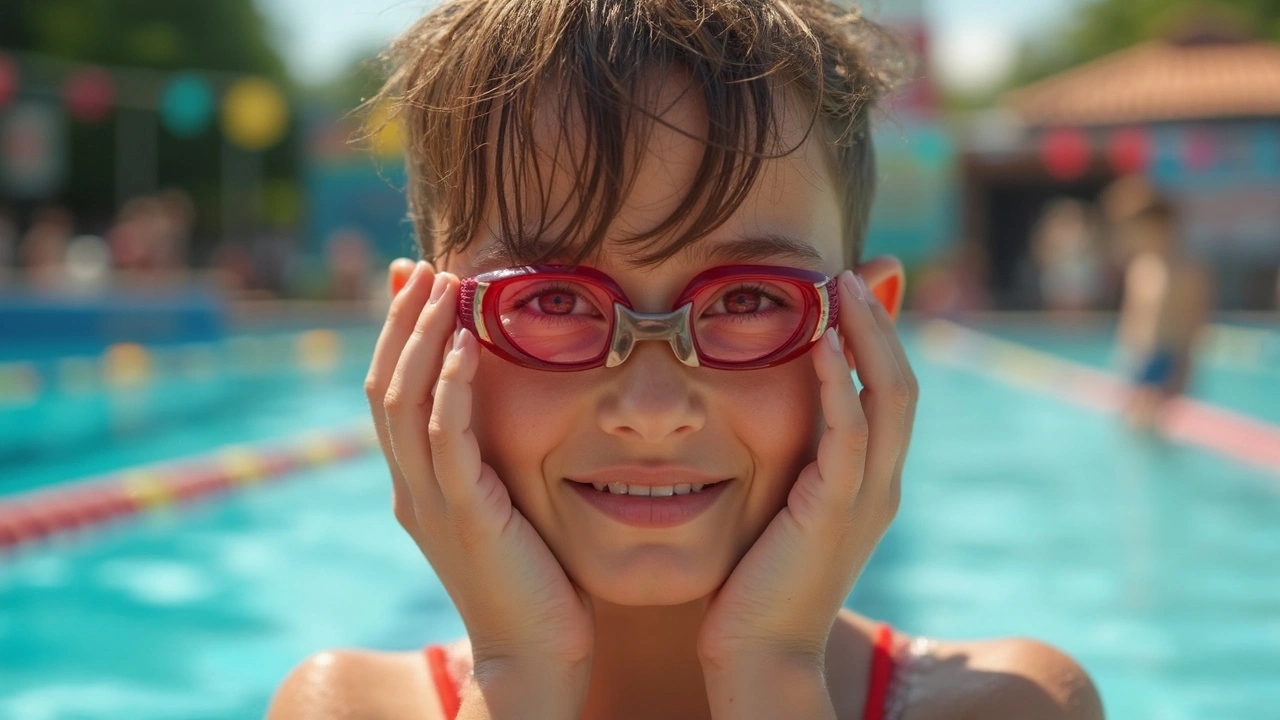How to Reduce Red Eyes Fast – Simple Tips & Tricks
Red eyes can make you look tired, irritated, or even sick. The good news? Most of the time you can calm the redness at home with a few easy steps. Below are the go‑to tricks that actually work, plus a quick guide on when it’s time to call a professional.
Quick fixes for red eyes
1. Use lubricating eye drops. Over‑the‑counter artificial tears are the safest first line. They thin out the mucus that’s making the vessels pop and give your eyes a moisture boost. Choose a preservative‑free brand if you need to use them several times a day.
2. Chill a compress. Soak a clean washcloth in cold water, wring it out, and place it over your closed lids for a few minutes. The cool temperature constricts blood vessels, reducing the pink look instantly.
3. Cut back on screen time. Staring at a computer or phone for long periods dries out the surface of the eye. Follow the 20‑20‑20 rule: every 20 minutes, look at something 20 feet away for 20 seconds. It gives your eyes a reset and cuts down on irritation.
4. Keep allergies in check. Pollen, pet dander, or dust can trigger histamine release that makes eyes red and itchy. Antihistamine eye drops or oral tablets work fast. If you’re prone to seasonal allergies, keep a small bottle of drops at work or in your bag.
5. Stay hydrated and watch your diet. Dehydration shrinks tear production, leaving your eyes red and gritty. Aim for at least eight glasses of water a day and snack on omega‑3 rich foods like walnuts or salmon, which support healthy eye membranes.
When to seek professional help
Most red‑eye episodes clear up in a day or two, but certain signs mean you need a doctor’s eyes on the problem. If you notice any of the following, book an appointment promptly:
- Severe pain, a feeling of a foreign object, or sudden vision loss.
- Discharge that’s green, yellow, or thick – it could be an infection.
- Redness that lasts more than 48 hours despite home care.
- Repeated redness in one eye only, especially after contact lens use.
- Accompanying symptoms like fever, headache, or a rash.
Eye doctors can rule out conditions such as conjunctivitis, uveitis, or glaucoma, and prescribe prescription drops or other treatments if needed.
In short, most red‑eye moments are harmless and respond to simple, low‑cost fixes. Keep a bottle of lubricating drops handy, give your eyes a cold break, and protect them from screens and allergens. If the redness sticks around or comes with pain, don’t wait – get professional help.
Take these steps, and you’ll be back to clear, comfortable eyes in no time.
How to Quickly Reduce Eye Redness After Swimming: Proven Tips & Relief Methods
May, 9 2025
Battling red eyes after a swim is more common than people think. This article explores the real causes behind post-swim eye redness, busts popular myths, and offers smart, practical tips for soothing irritated eyes. Find out which remedies truly work, what to avoid, and how to keep swimming fun without compromising your comfort or health. Dive into a swimmer's guide on preventing and treating 'chlorine eyes,' with insights rooted in both science and everyday experience.
Read Article→
